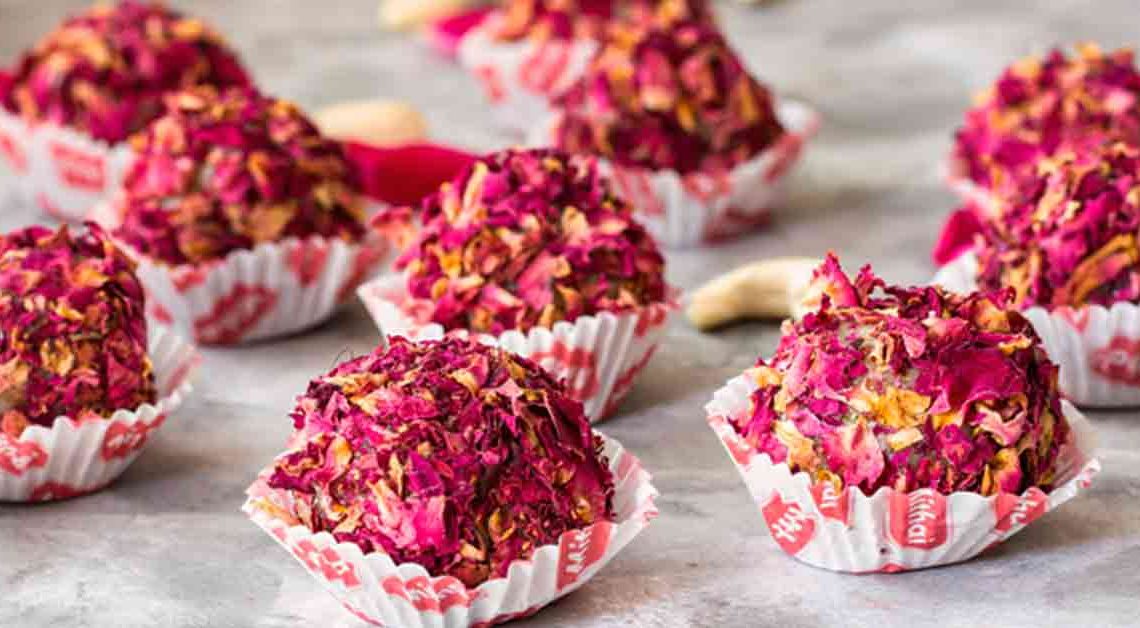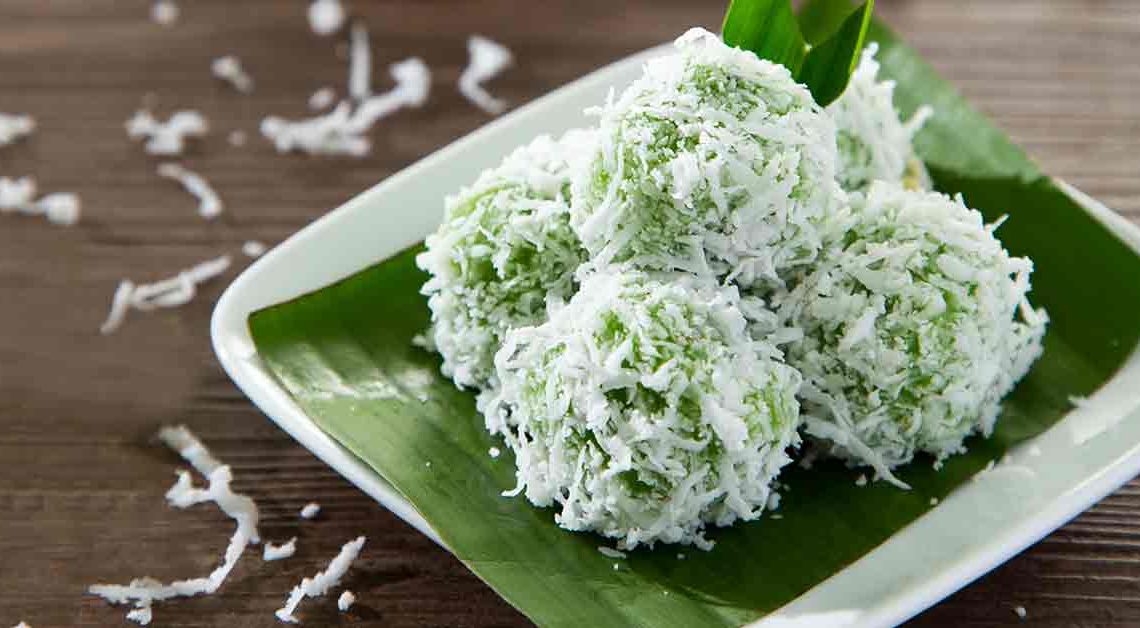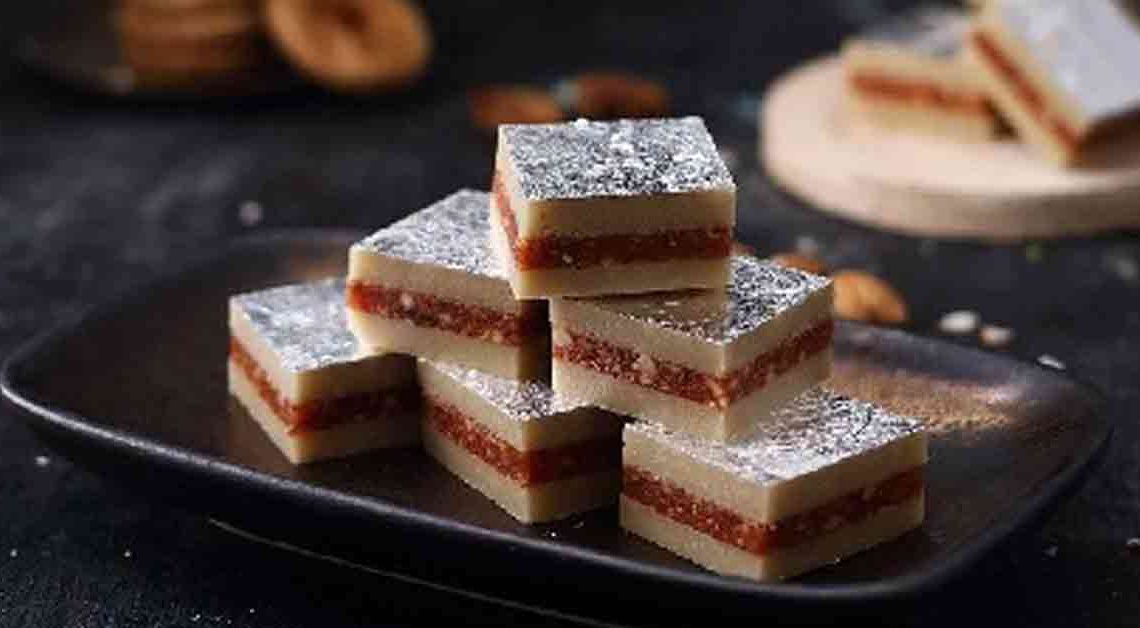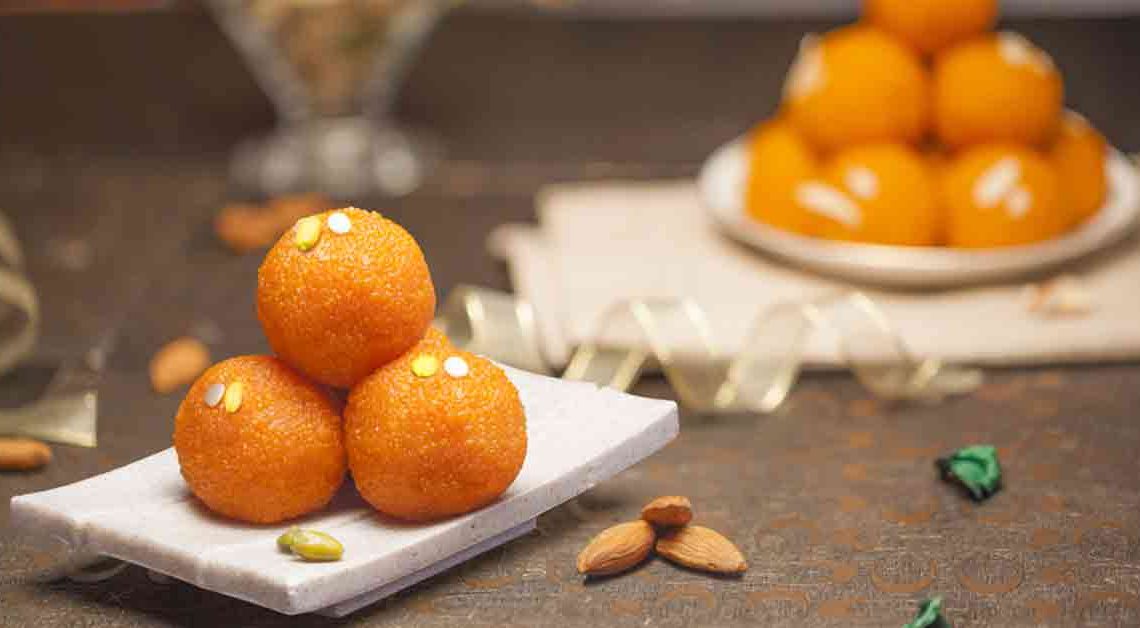The Fragrant Fusion: Kaju Rose Ladoo, A Modern Classic

Welcome to the fragrant world of sweets where tradition meets innovation! Today, we dive into the delicate flavors and intricate beauty of a unique confectionery delight—Kaju Rose Ladoo. This isn’t just a sweet; it’s an experience, a journey through the lush gardens of flavor where the cashew, revered in Indian sweet-making, is the star.
Kaju Rose Ladoo, a twist on the classic Indian sweet, is where the richness of ground cashews embraces the subtle aroma of rose petals. Imagine the buttery texture of finely ground cashews melting in your mouth, with a hint of cardamom and a whisper of rose that transports you to a blooming garden at dawn. This sweet is not just about indulging your taste buds; it’s a celebration of craftsmanship, as each ladoo is shaped and adorned to resemble a delicate rose, hinting at the luxury within.
Whether you’re a connoisseur of traditional sweets or a culinary adventurer, Kaju Rose Ladoo is a testament to the magic that happens when classic flavors are given a contemporary twist.
Origin of Kaju Rose Ladoo
It is an inventive adaptation of traditional Indian sweets, particularly the Kaju Katli and various forms of Ladoo. The origin of this particular sweet is not documented in the annals of classic Indian culinary history, but rather it seems to be a contemporary creation that blends the essence of well-known Indian confections.
The “Kaju” in Kaju Rose Ladoo refers to cashews, which are central to many Indian sweets, most notably Kaju Katli, a diamond-shaped sweet made from cashew powder and sugar syrup, often garnished with edible silver leaf. Ladoo, on the other hand, is a popular Indian sweet shaped into balls, traditionally made from flour, ghee and sugar.
It likely originated from the inventive minds of modern sweetmakers who aimed to fuse the luxurious flavor of cashews with the aesthetic and aromatic appeal of roses. It is a product of culinary innovation, where the richness of cashews is complemented by the delicate fragrance of rose, creating a sweet that is not only a treat for the palate but also a feast for the eyes.
History of Kaju Rose Ladoo
The history is not rooted in the ancient culinary traditions of India, but rather, it represents a more modern fusion of flavors and aesthetics within the subcontinent’s rich tapestry of sweets.
The concept of Ladoo is ancient, with mentions in historical texts that date back to the 4th century B.C. These sweets have been traditionally made from a variety of ingredients like flour, semolina, chickpea flour, and were sweetened with jaggery or sugar. Ghee is often used as a binding agent, with cardamom, nuts, and dried fruits enhancing the flavor profile.
On the other hand, ‘Kaju’ refers to cashews, which were brought to India by Portuguese traders and cultivators in the 16th century. Cashews found their place in Indian cuisine relatively late, given the long history of the region’s culinary arts. The cashew-based sweet, Kaju Katli, is a relatively recent innovation, possibly not more than a few centuries old, as it requires the technique of refining cashew to a fine powder or paste, a process facilitated by modern kitchen technology.
Cultural Significance
The cultural significance, while not steeped in the depths of history like many traditional Indian sweets, reflects the evolving nature of cultural expressions and traditions in Indian cuisine. It is a modern interpretation that merges the legacy of classic sweets with contemporary tastes and presentations.
Celebratory Sweet: In Indian culture, sweets like ladoos are synonymous with celebrations—be it weddings, festivals like Diwali or Raksha Bandhan, religious ceremonies, or milestones like birthdays and anniversaries.
Symbolism of Ingredients: Cashews are often considered a luxurious nut in India, and their use in sweets signifies opulence and the offering of one’s best to the gods, guests, or as gifts. The rose, with its universal symbolism of love and purity, adds a layer of emotional connection and aesthetic pleasure to the sweet.
Artisanal Craftsmanship: The intricate design of the ladoo, often shaped like a rose, showcases the artisanal skills of sweet makers. It represents the craftsmanship that is highly valued in Indian culture, where the preparation of food is seen as an art.
Where is Kaju Rose Ladoo Famous?
Kaju Rose Ladoo, with its modern twist on traditional flavors, is not tied to a specific region in India and does not have the geographical fame of other regional Indian sweets like Rasgulla from West Bengal or Mysore Pak from Karnataka.
Due to the premium ingredients like cashews and the craftsmanship involved in making them resemble roses, Kaju Rose Ladoos may often be found in upscale sweet shops or boutiques that cater to a clientele looking for novel and luxurious sweet options.
The popularity is not confined to India alone. With the global spread of Indian cuisine, this sweet has also found its way into the showcases of Indian sweet shops in countries with significant Indian diaspora populations such as the United States, Canada, the United Kingdom, and the Gulf countries, where there’s a demand for contemporary Indian sweets that maintain a connection to traditional flavors.
Interesting Facts and Trivia
Kaju Rose Ladoo, being a relatively modern innovation within the panorama of Indian sweets, brings with it a set of interesting facts and trivia that highlight its uniqueness:
- These are often seen as a symbol of luxury due to the primary ingredient, cashews, which are one of the more expensive nuts in India. This positions the sweet as a premium offering in the world of Indian desserts.
- The creation of it is akin to crafting a small piece of edible art. The meticulous shaping of the ladoo to resemble a rose requires skilled craftsmanship, making each piece unique.
- The Kaju Rose Ladoo is a fine example of fusion cuisine in India, merging traditional Indian flavors with modern aesthetics, thus reflecting the country’s evolving food scene.
- Unlike many Indian sweets that are tied to a specific region, ladoos are a testament to the pan-Indian love for innovation in sweets, belonging to no single place but embraced by many.
- Some confectioners may add their own twist to the ladoos, incorporating ingredients like saffron, pistachios, or silver leaf (varak) to make them even more decadent and visually stunning.
Did You Know?
Did you know that Kaju Rose Ladoo is not just a feast for your taste buds but also carries with it a bouquet of benefits? Here are five points highlighting the advantages of indulging in this aromatic confection:
- Cashews, the main ingredient in Kaju Rose Ladoos, are packed with healthy fats and proteins, providing a quick energy boost—perfect for a midday pick-me-up or to sustain energy levels during festive dancing.
- Cashews contain heart-healthy monounsaturated fats, similar to those found in olive oil, which can contribute to good cardiovascular health when consumed in moderation.
- Roses have been used in traditional medicine for their antioxidant properties. The rose petals or rose essence in these ladoos may help in combating oxidative stress.
- The scent of roses is known for its mood-enhancing properties. The aromatic rose element in these sweets can act as a natural stress reliever and is believed to invoke a sense of happiness and well-being.
- Traditionally, sweets like ladoos are consumed at the end of a meal and often incorporate spices such as cardamom, which can aid in digestion. It continues this tradition, making it a delightful finish to any feast.







